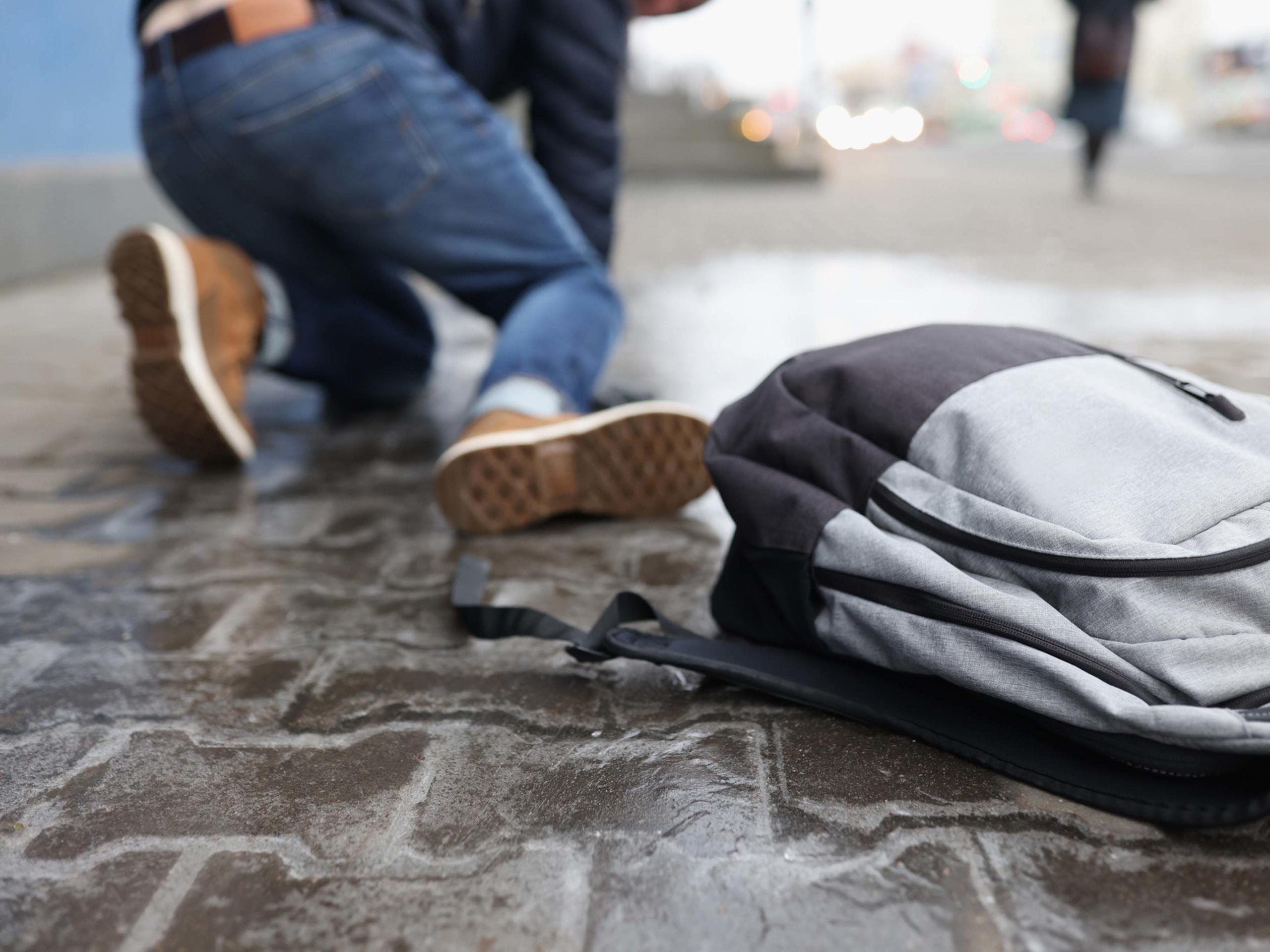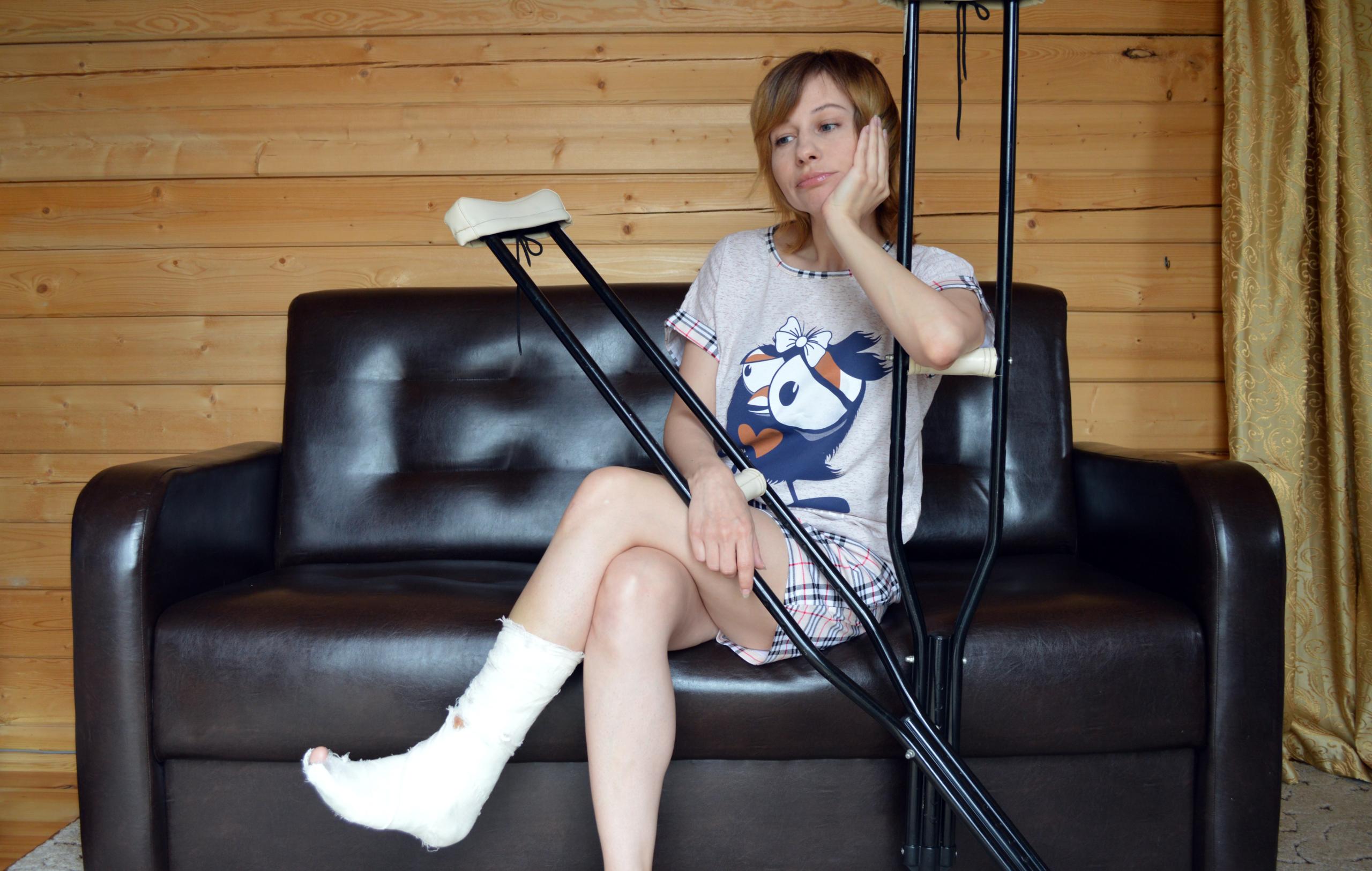
Slip and fall accidents can happen to anyone, anywhere, and at any time. Whether it’s a slick floor in a grocery store or an icy sidewalk in the middle of winter, these incidents can lead to significant injuries. If you find yourself in such a situation in Minnesota, understanding the state’s slip and fall laws is crucial. This article will guide you through the key statutes and regulations that govern slip and fall cases in Minnesota.
Understanding Slip and Fall Accidents
Slip and fall accidents fall under the broader category of premises liability cases. This means that the property owner may be held responsible if someone is injured on their property due to unsafe conditions. However, not every slip and fall incident leads to liability. Several factors determine whether the property owner can be held accountable.
What Constitutes a Slip and Fall Case?
To have a valid slip and fall case in Minnesota, certain conditions must be met. The injured party (plaintiff) must prove that:
- A hazardous condition existed on the property.
- The property owner knew or should have known about the condition.
- The property owner failed to address or warn about the condition.
- The hazardous condition directly caused the injury.
For example, if a store owner fails to mop up a spill in a timely manner and someone slips and falls, the injured party may have a valid claim if they can prove the above points.
Minnesota Personal Injury Laws
Minnesota personal injury laws cover a wide range of incidents, including slip and fall accidents. Here are some key aspects of these laws as they pertain to slip and fall cases.
Comparative Fault Rule
Minnesota follows a “modified comparative fault” rule. This means that if you are partly responsible for your slip and fall accident, your compensation will be reduced by your percentage of fault. For instance, if you were 20% at fault for not paying attention while walking and the court awarded you $10,000, your compensation would be reduced by 20%, resulting in $8,000.
However, if you are found to be more than 50% at fault, you may not recover any compensation at all.
Statute of Limitations
In Minnesota, the statute of limitations for filing a personal injury lawsuit, including slip and fall cases, is generally two years from the date of the accident. This means you have two years to file a lawsuit against the responsible party. Failing to meet this deadline could result in losing your right to seek compensation.
Duty of Care
Property owners in Minnesota have a duty of care to maintain their premises in a reasonably safe condition. This duty varies depending on the status of the visitor:
- Invitees: People invited onto the property for business purposes (e.g., customers). Property owners owe the highest duty of care to invitees.
- Licensees: Social guests or individuals on the property for their own purposes. Property owners must warn licensees of known dangers.
- Trespassers: Individuals on the property without permission. Property owners owe a limited duty of care and must avoid willful or wanton harm.
Common Defenses in Slip and Fall Cases
Property owners may employ several defenses to counter slip and fall claims. Understanding these can help you prepare a stronger case.
Open and Obvious Doctrine
One common defense is the “open and obvious” doctrine. If the hazardous condition was obvious enough that a reasonable person would have noticed it, the property owner might not be held liable. For example, a clearly marked wet floor sign could serve as a warning to patrons.
Assumption of Risk
The assumption of risk defense argues that the injured party knew about the dangerous condition but chose to proceed anyway. For instance, if a person walks on a clearly icy sidewalk, they may be seen as having assumed the risk of slipping.

Steps to Take After a Slip and Fall Accident
If you experience a slip and fall accident, taking the right steps can help protect your rights and strengthen your case.
Seek Medical Attention
Your health should be your top priority. Seek medical attention immediately, even if your injuries seem minor. Medical records can serve as valuable evidence in your case.
Report the Incident
Notify the property owner or manager about the accident as soon as possible. Request that they document the incident in writing and provide you with a copy.
Gather Evidence
Collect as much evidence as possible. Take photos of the accident scene, including the hazardous condition, and note any witnesses’ contact information. Document your injuries and keep records of all medical treatments.
Consult a Personal Injury Lawyer
Consulting with a Minnesota personal injury lawyer can be invaluable. An experienced attorney can help you navigate the legal process, gather evidence, and negotiate with insurance companies on your behalf.
Conclusion
Understanding Minnesota slip and fall laws is crucial if you find yourself injured due to a hazardous condition on someone else’s property. By knowing the key statutes and regulations, you can better protect your rights and seek fair compensation. Remember to act promptly, gather evidence, and seek legal counsel to ensure the best possible outcome for your case.
By taking these steps, you can navigate the complexities of slip and fall laws in Minnesota and work towards a successful resolution of your case. Stay informed and proactive to protect your rights and well-being.
Contact 612-Injured for Assistance
If you or a loved one has been involved in a slip and fall accident, don’t navigate the complexities of Minnesota personal injury laws alone. Contact 612-Injured for professional guidance and support. Our experienced attorneys are committed to helping you understand your rights and pursue the compensation you deserve. We offer personalized attention to ensure your case is handled effectively and efficiently. Contact 612-Injured today to schedule a consultation and take your first step toward justice and recovery.

